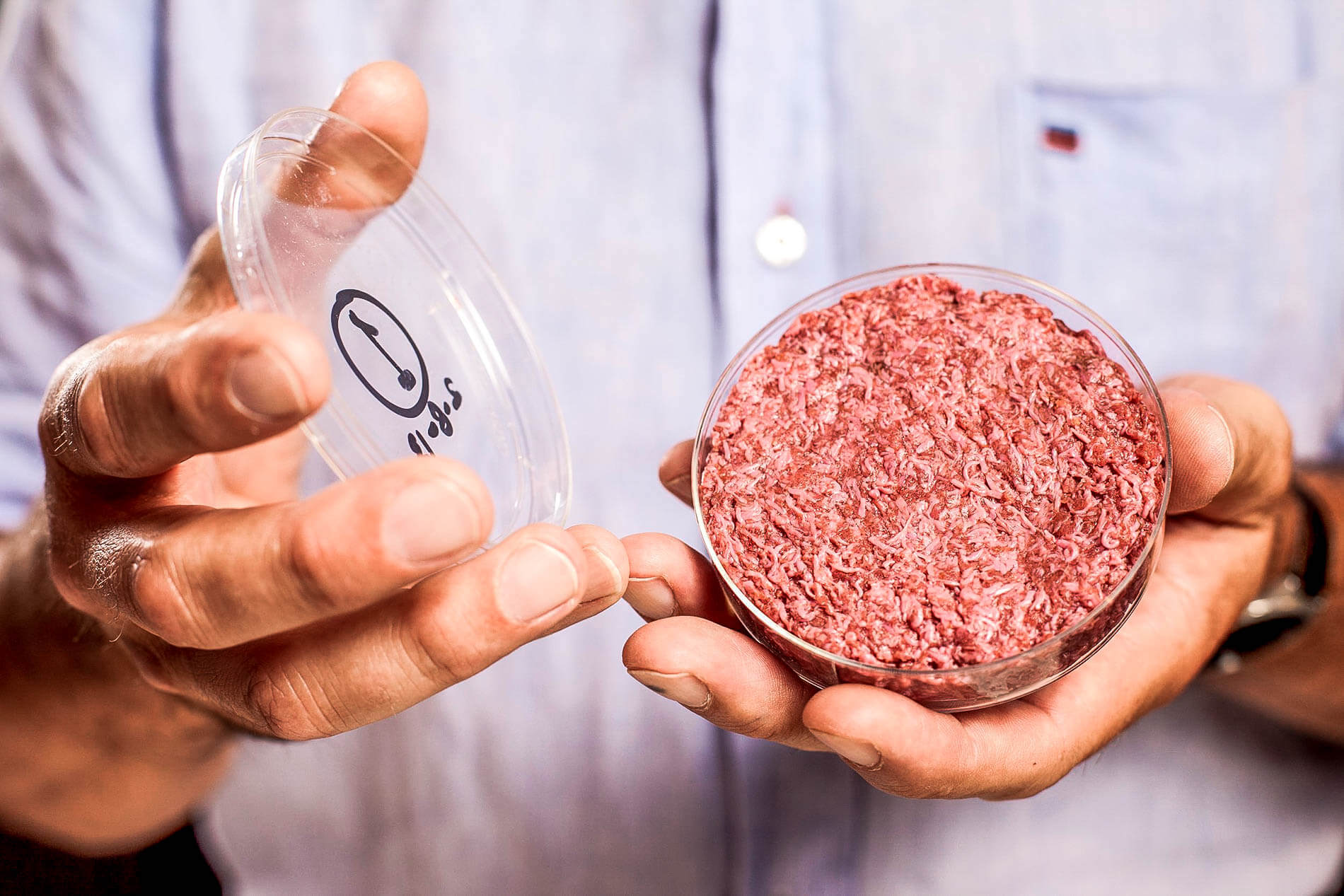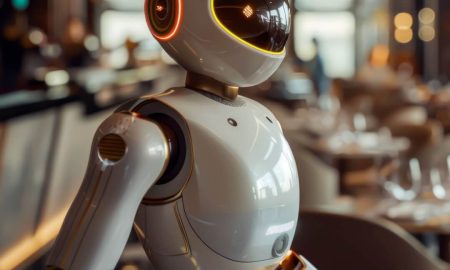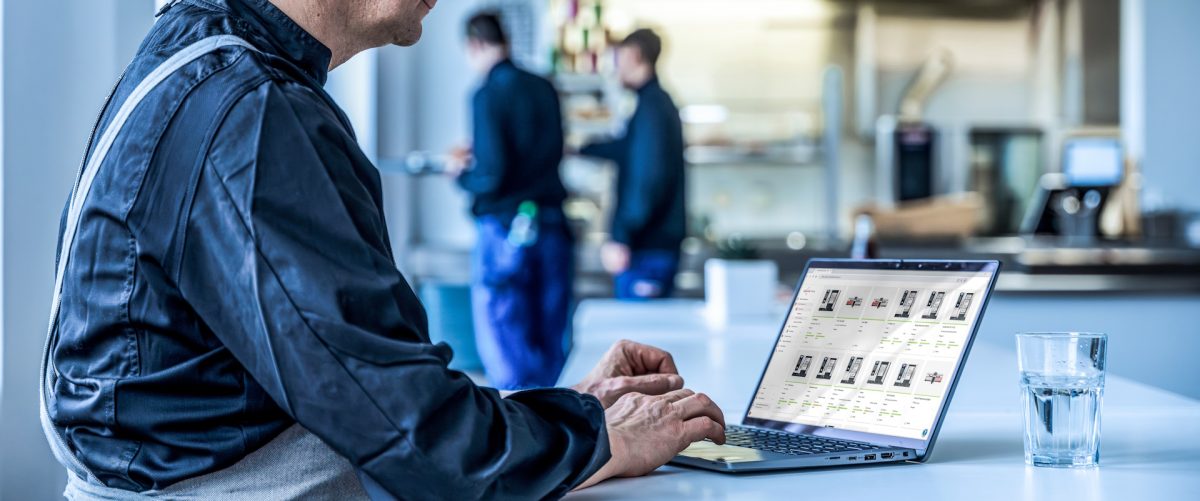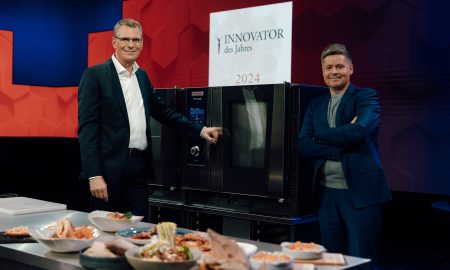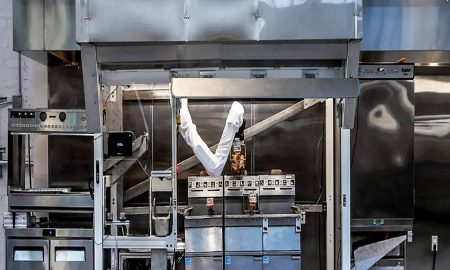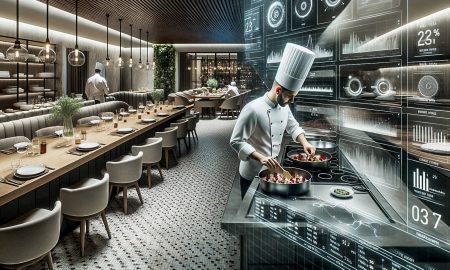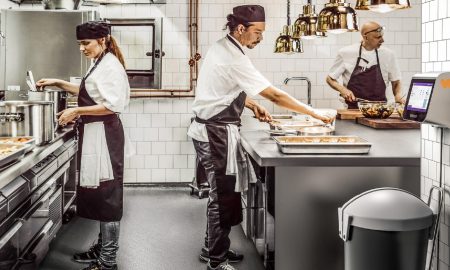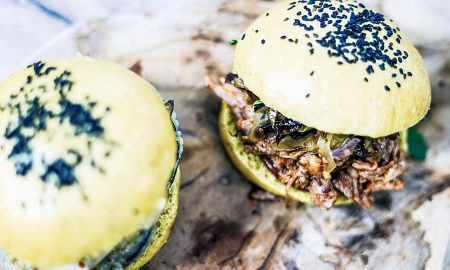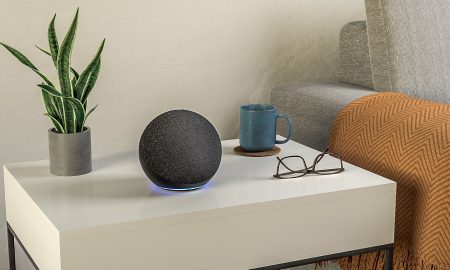Yep, the 1973 movie Soylent Green isn’t exactly the feel-good film of the year. And not to spoil anything for you, but it doesn’t exactly paint artificial food in a good light. The real world of laboratory-created foodstuffs is less creepy, but just as interesting. Artificial food is nearly guaranteed to make an appearance on our plates, because the World Health Organization (WHO) predicts that the global population will reach 10 billion by 2050, and they’re all going to be hungry. So the question with artificial food isn’t whether it will happen, but when, and what it will be like.
Astronaut food and petri-dish beef
In late 2014, software developer Rob Rhinehart generated quite a buzz with Soylent powder, a “meal” in powdered-drink form that supposedly covers all of an adult’s daily nutritional needs and can completely replace solid food. But where’s the fun in that?
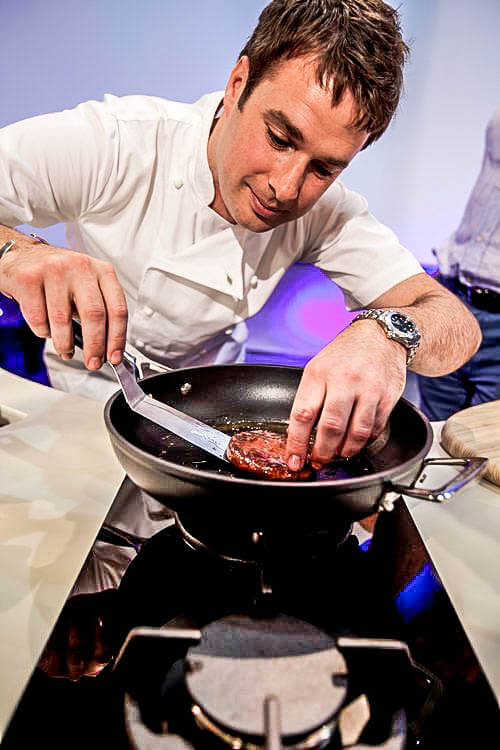
Image: Mosa Meat
In-vitro burgers probably have a brighter future in that regard. Creating meat in a laboratory sounds like pure science fiction, but a similar process is already well-established in the medical world – growing skin to use in grafts, for example. The burgers are made by drawing cells from a living animal and keeping them in a nutrient solution so that they can reproduce. Over time, the culture grows to millions and then billions of cells, which clump together to form muscle tissue. It’s a long process, and an expensive one: the first test-tube hamburger weighed 140 grams and cost €250,000 — a single meal for the price of a single-family home. This futuristic “petri-dish patty” was invented and developed in 2013 by Mark Post, founder of the Dutch organization Mosa Meat.
Faux eggs, vegan chicken, plant mayo
Those are obviously extreme examples, but the market for vegetarian meat substitutes is definitely booming. Even outside the futuristic realm of artificial food, plenty of companies are working night and day to develop tasty plant-based creations that are more than just an alternative to meat consumption.
Nowadays, almost every grocery store carries meatless hot dogs, hamburgers, and meatballs. A lot of frozen pizzas use analog cheese, whether they’re specifically marketed as “vegan” or not. The US startup Hampton Creek even has a scrambled “egg” product for dedicated vegans: Just Scramble, made of dyed mung beans, is completely plant-based, cholesterol-free, and full of protein. Food trucks are putting eggless mayo on their sandwiches, and soy yogurt has become so commonplace that we nearly forgot to add it to the list. The need for vegetarian alternatives and imitation meat products is there, and it will only increase in the future — and much of the gastronomy world is eager to tap into that wealth of potential.
Now, the challenge is to reach consumers that don’t identify as vegetarian or vegan. If you’re craving a burger, you want meat, not seitan… or at least you want something that tastes like the original. At the same time, more and more people are embracing the idea of a sustainable, meat-free diet. The cruelty of large-scale factory farming, its catastrophic effects on the environment, and the health risks associated with eating too much meat are widely known and, for the most part, heavily criticized. No wonder, then, that an increasing number of restaurateurs are switching to animal products from local, eco-friendly farms.
Artificial foods are designed with that same environmental consciousness in mind. After all, the main goal behind “growing” meat in laboratories is to take animals out of the meat production process. Clean meat, as it is sometimes known, represents a potential solution to a range of ethical and ecological issues. But it’ll be a while before it actually hits supermarket shelves.
Balancing culinary and commercial
The German Bundestag expects in-vitro meat to be market-ready in 10 to 20 years at the earliest. Next door, in the Netherlands, Mosa Meat is more optimistic in that regard. They expect petri-dish burgers to cost around $10 apiece by 2020, and to compete with even the cheapest “real” burger by 2025. Ambitious goals? Definitely. But that’s what it will take for laboratory meat to succeed on the market at all.
For cultured meats to become part of our diets, companies will have to win over consumers who aren’t primarily interested in animal welfare — which is mostly a question of price, so the production process will need to be extremely efficient. And, of course, the results will have to taste just like the original. If they can make that happen, commercial sales of lab-grown meat might not be science fiction after all.
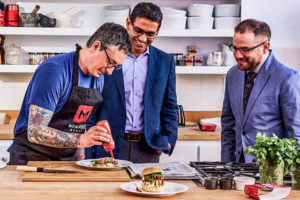
Image: Memphis Meats
That’s what investors in places like Memphis Meats, an American start-up are hoping. The company is considered a pioneer in the field of cultured-meat technology, and is working hard to make petri-dish sausage, poultry, and other meat products commercially viable. In the wake of several massive scandals, Wiesenhof, Germany’s largest producer of poultry products, has become a shareholder in Supermeat, an Israeli start-up.
So the international support is there. Efficient methods will eventually iron out any financial and organizational issues. The only tricky part is getting consumers to accept the idea. People are skeptical of the unfamiliar. Even though cultured meat doesn’t actually have anything to do with Soylent Green, the idea still conjures up those dystopian associations. Beef from a petri dish? It sounds so weird, so futuristic, so… unnatural. But what does natural mean, anyway? After all, artificial food is basically just chemistry, which makes it no different from beef, poultry, pork, or human flesh. Creepy thought? Definitely. But from a purely scientific perspective, that’s how it is.
Looking to the future
Consumers and experts still have their doubts about faux meat and plant-based milk products. That’s not too surprising, since some veggie burgers taste like cardboard with ketchup. Taste-wise, there’s still room for improvement. The petri-dish burger didn’t score too highly on its first taste test, either. Not enough salt, people said. And not enough… well… everything else. Nowadays, manufacturers swear that you won’t be able to tell the difference anymore.
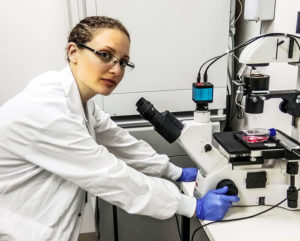
Image: SuperMeat
At any rate, one US poll showed that 65% of Americans could see themselves eating cultured meat regularly or occasionally. That’s a big jump from just a few years ago, when 80% of respondents categorically rejected the idea. In other words, the food industry is undergoing a massive transformation, and will likely continue changing radically over the next several decades.
We may not know for many years how the human body reacts to artificial food, but until then, scientists will continue researching and looking to the future. Whether that future is utopian or dystopian… remains to be seen.


